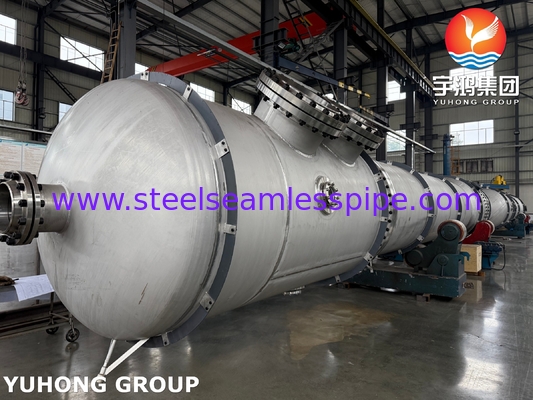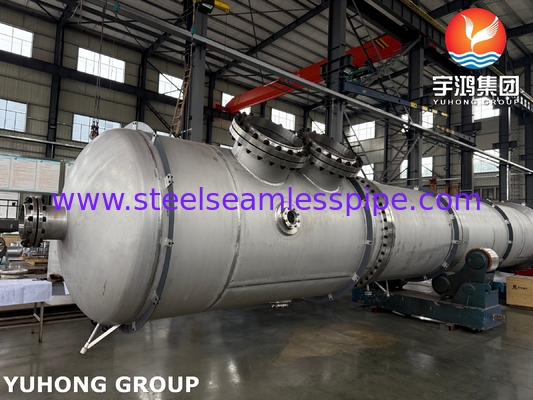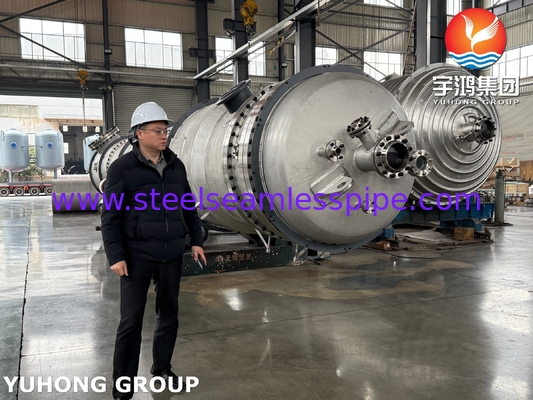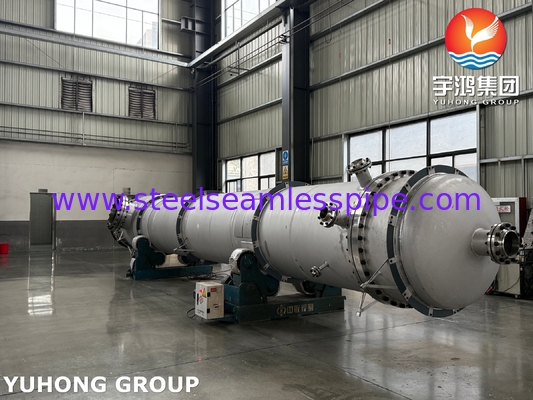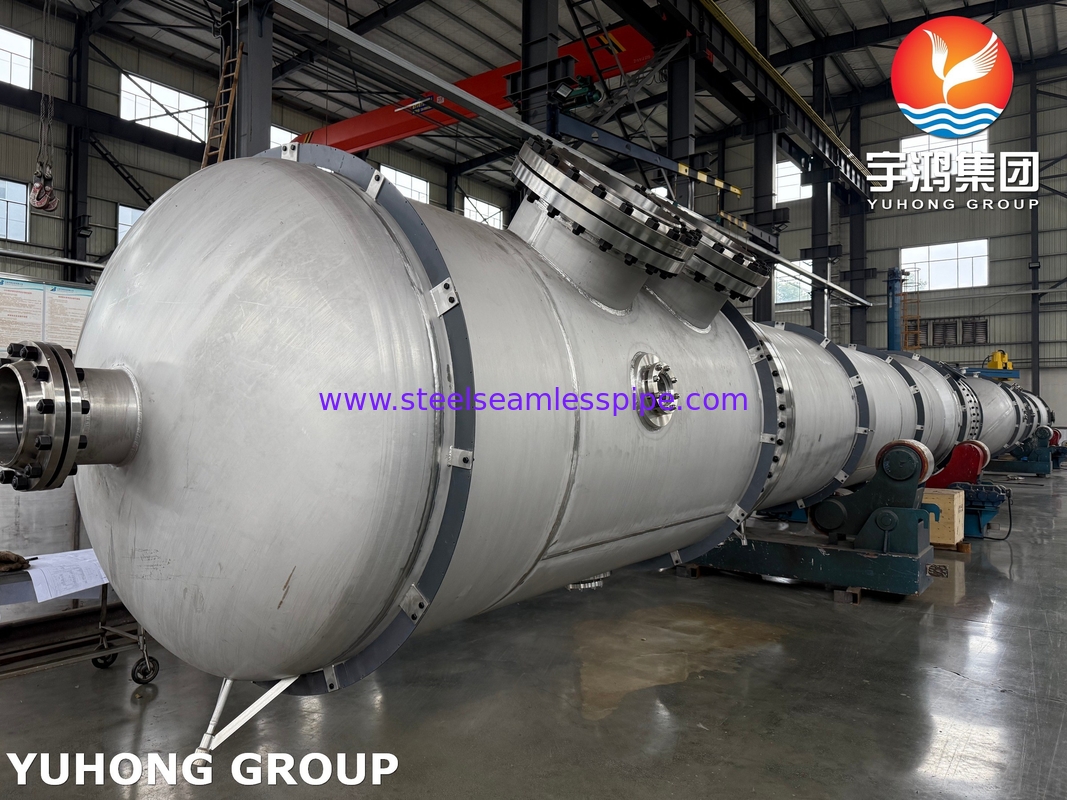A Low Temperature Separator (LTS) is a type of equipment used primarily in the oil and gas industry to separate hydrocarbons and other components from a gas stream by cooling the stream to low temperatures. This process is commonly used in natural gas processing to separate liquid hydrocarbons (such as condensate) and water from the gas stream. Here’s a detailed overview of its function, design, and applications:
Function of a Low Temperature Separator
1. Cooling and Separation:
The gas stream is cooled to low temperatures (typically below freezing) to condense heavier hydrocarbons and water vapor into liquids.
The condensed liquids are then separated from the gas stream.
2. Pressure Reduction:
In some cases, the separator also reduces the pressure of the gas stream, which further aids in condensation (Joule-Thomson effect).
Key Components of a Low Temperature Separator
1. Inlet Section:
Where the gas stream enters the separator.
2. Cooling Section:
The gas is cooled using external refrigeration or by expansion (e.g., through a choke valve or turbo-expander).
3. Separation Section:
A vessel where gas, liquid hydrocarbons, and water are separated based on density differences.
4. Gas Outlet:
The separated dry gas exits the separator.
5. Liquid Outlets:
Separate outlets for condensate (liquid hydrocarbons) and water.
6. Control Systems:
Temperature, pressure, and level controls to optimize separation efficiency.
Working Principle
The gas stream enters the separator and is cooled, either by external refrigeration or by expansion.
As the temperature drops, heavier hydrocarbons and water vapor condense into liquids.
The liquids collect at the bottom of the separator, while the gas rises to the top.
The liquids are drained from the separator, and the dry gas is sent for further processing or transport.
Applications of Low Temperature Separators
1. Natural Gas Processing:
To remove liquid hydrocarbons (condensate) and water from natural gas.
2. Oil and Gas Production:
To separate liquids from gas at wellheads or gathering stations.
3. Gas Dehydration:
To remove water vapor from gas streams.
4. Hydrocarbon Recovery:
To recover valuable liquid hydrocarbons from gas streams.
Applications of Low Temperature Separators
1. Efficient Separation: High efficiency in separating liquids from gas streams.
2. Improved Gas Quality: Produces dry gas with low water and hydrocarbon content.
3. Recovery of Valuable Products: Recovers liquid hydrocarbons that can be sold or processed further.
4. Versatility: Can handle a wide range of gas compositions and flow rates.
Design Considerations
1. Temperature and Pressure: The operating temperature and pressure must be carefully controlled to achieve optimal separation.
2. Material Selection: Materials must be chosen to withstand low temperatures and corrosive components (e.g., H₂S or CO₂).
3. Insulation: The separator may require insulation to maintain low temperatures.
4. Safety Features: Pressure relief valves, temperature sensors, and emergency shutdown systems.
Comparison with Other SeparatorsChallenges and Solutions
1. Conventional Separators: Operate at higher temperatures and are less effective at removing liquids from gas streams.
2. Cryogenic Separators: Operate at much lower temperatures and are used for more complex separations (e.g., nitrogen or helium recovery).
Challenges and Solutions
1. Hydrate Formation: Low temperatures can cause hydrates to form, which can block pipelines. Solutions include adding hydrate inhibitors (e.g., methanol or glycol).
2. Corrosion: Low temperatures and the presence of water can lead to corrosion. Use of corrosion-resistant materials and coatings is essential.
3. Energy Consumption: Cooling the gas stream requires energy. Efficient design and use of waste heat can reduce energy costs.


 Your message must be between 20-3,000 characters!
Your message must be between 20-3,000 characters! Please check your E-mail!
Please check your E-mail!  Your message must be between 20-3,000 characters!
Your message must be between 20-3,000 characters! Please check your E-mail!
Please check your E-mail! 
